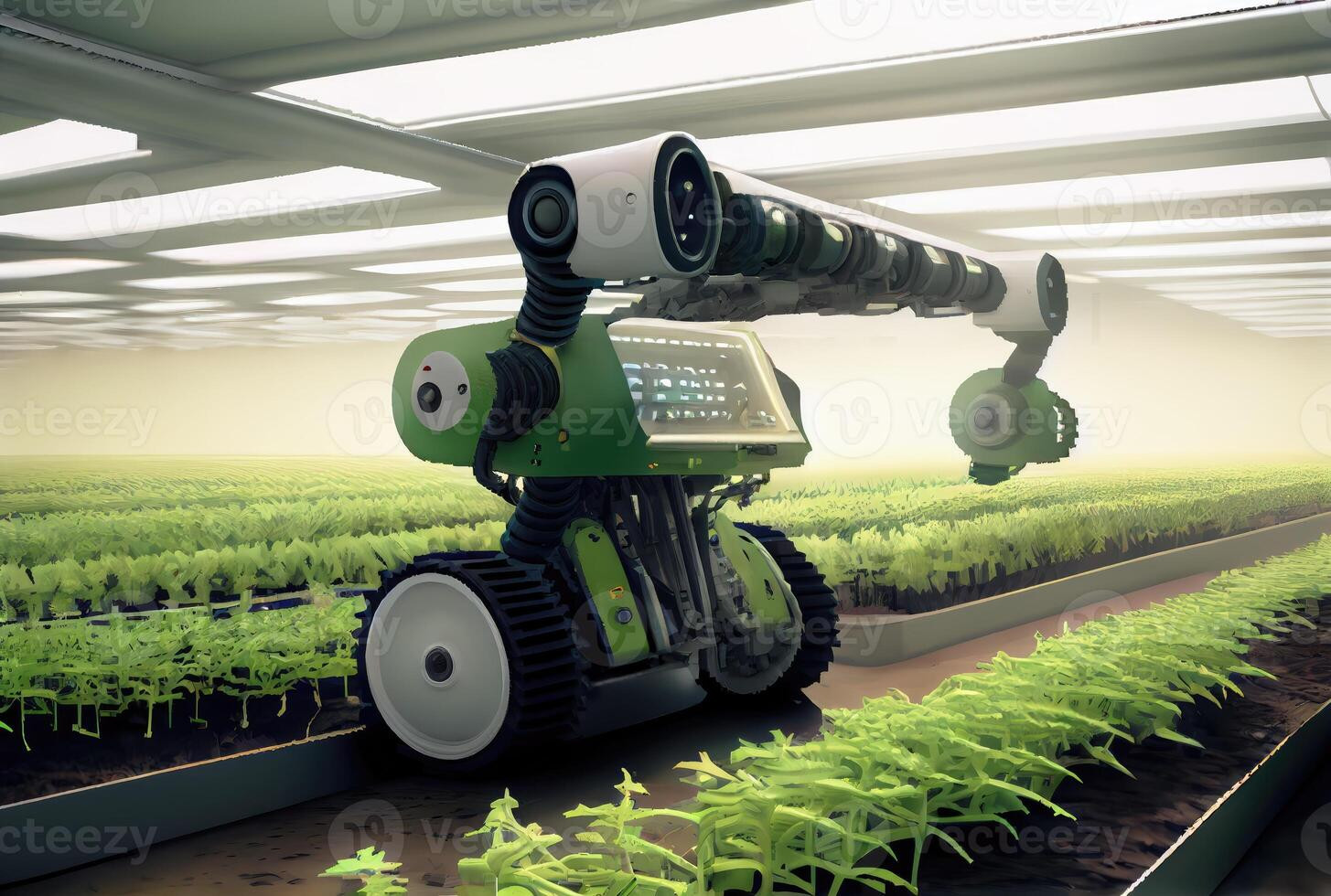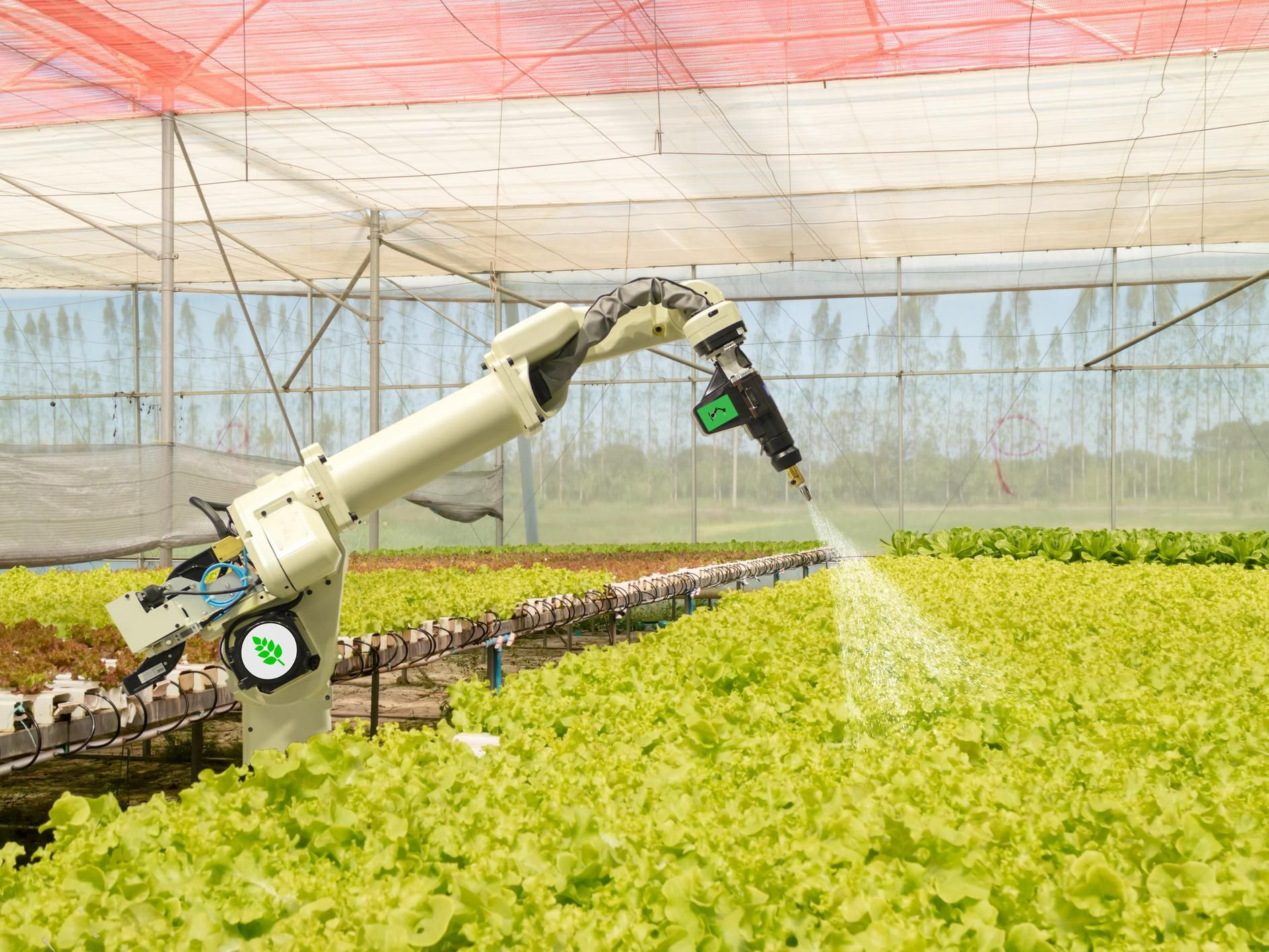The Rise of Farm Robots: A New Era in Agriculture
Across the globe, farmers are facing a myriad of challenges: labor shortages, rising costs, and environmental concerns. But amidst these obstacles, a technological revolution is brewing, promising to transform the agricultural landscape: the rise of farm robots.
From autonomous tractors to weed-cutting robots, these machines are poised to reshape traditional farming practices, offering a glimpse into a future where technology plays a central role in food production.
The Benefits of Farm Robotics
The allure of farm robots lies in their potential to address some of the most pressing issues facing agriculture today.
Addressing Labor Shortages
The agricultural workforce is aging, and finding qualified workers to fill the gap is becoming increasingly difficult. This labor shortage is particularly acute in regions with high-demand crops, driving up labor costs and making it challenging for farmers to maintain productivity. Farm robots, with their ability to automate tasks such as seeding, weeding, and harvesting, offer a potential solution to this challenge.
Enhancing Efficiency and Productivity
Farm robots can work tirelessly, day and night, without breaks or fatigue. This allows farmers to maximize their productivity and optimize their operations. Moreover, robots can perform tasks with greater precision and accuracy than humans, leading to less waste and higher yields.
Promoting Sustainability
Farm robots can help reduce the environmental impact of agriculture. They can be programmed to apply fertilizers and pesticides more precisely, minimizing waste and reducing runoff. Some robots, like those powered by solar energy, also contribute to a lower carbon footprint.
Real-World Applications: Case Studies
While farm robots may still seem like something out of a science fiction novel, they are already making their mark in the real world. Here are some compelling examples:
Jeantil Automatic Feeding Robot: Optimizing Livestock Feeding
The Jeantil Automatic Feeding robot, developed by the French company Jeantil, exemplifies the potential of automation in livestock management. This system automates ration management, reducing labor requirements and improving feed efficiency. By using wire-guided technology, the robot ensures precise distribution, making it ideal for farms with up to 240 cattle.
Traxx Hydrogen: Eco-Friendly Vineyard Management
EXXACT Robotics has developed the Traxx Hydrogen, a groundbreaking autonomous straddle tractor specifically designed for narrow vineyards. This hydrogen-powered tractor offers a clean and efficient solution for vineyard management, minimizing CO2 emissions and noise pollution.
AgXeed Robot: Adaptable and Versatile
The AgXeed robot is a fully adaptable autonomous tractor that can be equipped with any standard agricultural tool, making it highly versatile for a wide range of tasks. Its powerful motors, long autonomy, and precise GPS technology revolutionize traditional farming practices, offering farmers a more efficient and sustainable approach.
The Future of Farming: A Collaborative Effort
While the potential of farm robots is undeniable, there are still challenges to overcome before they become fully integrated into agricultural practices. These challenges include:
Cost and Accessibility
Farm robots are currently expensive, making them inaccessible to many farmers, particularly those operating on a smaller scale. As with any new technology, costs are expected to decrease over time, but affordability remains a major hurdle.
Technological Advancements
Farm robots require continuous improvements in terms of their capabilities, reliability, and adaptability. Ongoing research and development are crucial for addressing these needs and ensuring that robots can meet the diverse requirements of different agricultural settings.
Social Acceptance and Integration
The introduction of farm robots raises questions about the future of agricultural labor. It is essential to ensure that the transition to automated systems is managed in a way that minimizes disruption to workers and provides opportunities for retraining and upskilling.
A Glimpse into the Future
The integration of farm robots into the agricultural ecosystem is a complex and evolving process. While some farmers may be hesitant to embrace these new technologies, others are enthusiastic about their potential to revolutionize the industry.
As researchers continue to develop and refine these robots, and as the cost of automation declines, farm robots are likely to play an increasingly significant role in the future of agriculture. The collaboration between technology developers, farmers, and researchers is crucial to ensure that these robots are designed and deployed in a way that benefits both the environment and the economy.
The Future is Now: Robots on the Farm
The University of Guelph is at the forefront of this agricultural robotics revolution, leading research that explores the potential of farm robots to transform Canadian agriculture. The study, which began in 2023, is comparing two state-of-the-art robots, Farm Droid and Orio, to conventional farming methods. These robots, which cost between $130,000 and $200,000, can be used for a variety of crops, including onions, beets, and carrots.
Dr. Mary Ruth McDonald, professor in the Department of Plant Agriculture at the University of Guelph, is leading the project. “The robot addresses real issues that growers are dealing with right now,” says McDonald. “Not only are we providing feedback to the manufacturers, our technicians have been extremely innovative in improving the designs. We’re excited about the potential of these agricultural robots to transform the future of farming practices in Ontario and beyond.”
The Future is Now: Robots on the Farm
The study is not only about the robots themselves, but also about the broader implications of automation for the future of agriculture. The Canadian Agriculture Human Resource Council predicts that one-third of the agricultural workforce will retire by 2030, meaning that 100,000 jobs will need to be filled. This highlights the pressing need for solutions like farm robots to address the labor shortage and ensure the future viability of the industry.
The Future is Now: Robots on the Farm
McDonald emphasizes that the robots are not intended to replace human workers, but rather to work alongside them, freeing up time for other tasks and reducing the physical burden of labor-intensive jobs.
“Having additional technology takes stress from the tractor operators,” she says. “We anticipate that these robots are going to be an integral part of the operation. That allows you to use your human resources in a different way.”
The future of farming is undoubtedly evolving, and the role of robots is becoming increasingly central to this transformation. The University of Guelph’s research is providing valuable insights into the potential and challenges of this technological revolution, paving the way for a future where robots and humans work together to ensure a sustainable and productive agricultural system.


















